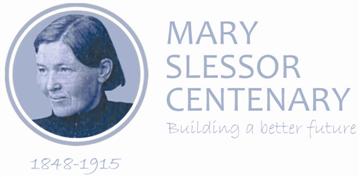Malaria in 1800s
In 1876 when Mary first arrived in Calabar, it was not known that mosquito bites transmitted the parasites that cause malaria. Many missionaries and other Europeans died of the disease. Symptoms include, a high temperature, sweating and chills, headaches, vomiting and muscle pains. This was often the reason for missionaries dying or being sent home ill. Mosquitos breed in fresh or brackish water (salt water in estuaries and rivers) and so those living in mission houses near to the Calabar rivers were often at risk.
Ronald Ross won Britain’s first Nobel Prize for Medicine in 1902 for his research into malaria. Through his practical experiments with mosquitoes and patients, he discovered that the disease is spread by the transfer of malaria parasites through a mosquito’s bite.
Quinine, the active plant ingredient from the South American cinchona tree, had the biggest impact in the early 20th century in reducing the number of deaths from malaria. However by the 1930s, the parasites were becoming quinine resistant, other medicines were then developed.
Malaria in 2015
Nigeria is the most populous country in Africa with approximately 167 million people. 97% of the population live in malaria prone areas. Malaria is the number one public health problem in the country with an estimated 100 million cases annually and over 300,000 deaths each year among children under five.
Various charities work in the country to try to adequately address the problem including Christian Aid which has implemented a NetsForLife program across various states to distribute mosquito nets to those particularly at risk. They use community based education programs to monitor net usage and promote environmental sanitation.
Furloughs
Mary suffered from serious bouts of malaria and other tropical illnesses throughout her life in Africa. In June 1879 she was sent home to Dundee for her first furlough (leave of absence) following a particularly severe bout of malaria. The normal tour of duty as a missionary at that time was four years before being allowed to return home on leave. Mary was allowed home a year early for this first furlough.
While on furlough, missionaries would visit local churches and missionary organisations to give talks about their work and experiences to raise funds and encourage more missionary recruits.
